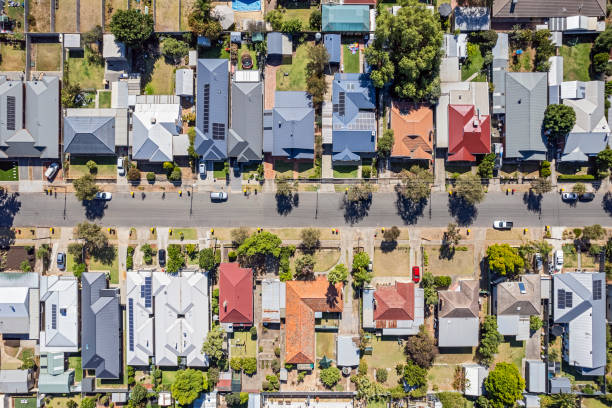If you’re a homeowner in Michigan, you know that your roof does more than just provide shelter—it protects your home from harsh winters, heavy snowfall, and strong winds. Whether you’re building a new home or replacing an old roof, understanding the pros and cons of different styles is essential.
This roofing styles comparison guide will help you choose the best option for durability, energy efficiency, and curb appeal.
Why Michigan’s climate impacts your roofing choice
Michigan experiences all four seasons in full force, from freezing winters to hot, humid summers. Your roof needs to withstand:
- Heavy snow and ice – Some roof styles shed snow better than others, reducing the risk of ice dams.
- Strong winds and storms – High winds can damage certain roof styles more than others.
- Temperature fluctuations – Michigan sees extreme temperature changes, which can cause materials to expand and contract.
Now, let’s compare the most common roofing styles for Michigan homes and their advantages and drawbacks.
Gable roofs are a classic choice for Michigan homes
Pros
- Excellent at shedding rain and snow, reducing the risk of ice dams.
- Simple design makes repairs and installation more affordable.
- Provides attic space for better ventilation and insulation.
Cons
- High winds can put pressure on gable ends, making them vulnerable to damage.
- Without proper bracing, they may not be the best choice for extremely windy areas.
Hip roofs are a durable option for strong winds
Pros
- More stable than gable roofs, making them ideal for high-wind areas.
- Sloped on all four sides, helping with snow and rain runoff.
- Offers good attic ventilation and energy efficiency.
Cons
- More expensive to build and repair due to complex design.
- Less attic space compared to gable roofs.
Gambrel roofs offer a stylish design with extra space
Pros
- Provides additional living or storage space in the attic.
- Adds character to your home with a unique aesthetic.
- Can be designed with dormer windows for more natural light.
Cons
- Not the best for extreme wind conditions.
- Requires regular maintenance, especially at the joints where slopes meet.
Flat roofs provide a modern and energy-efficient option
Pros
- Great for solar panels and green roofing options.
- Provides extra usable space, such as a rooftop deck.
- Generally more affordable due to simpler construction.
Cons
- Poor drainage—water and snow can accumulate without a proper drainage system.
- More prone to leaks if not installed and maintained correctly.
Mansard roofs feature a unique style with a classic look
Pros
- Maximizes living space, allowing for an extra floor in your home.
- Provides a distinct, elegant look.
- Works well for adding dormers and extra windows.
Cons
- Expensive to install and maintain.
- Not ideal for heavy snowfall unless designed with proper drainage.
Which roofing style is best for your Michigan home?
Each roofing style has its own advantages and challenges. The best choice depends on your home’s location, climate considerations, and personal preferences. If you’re unsure which style is best for your home, consult with a professional roofer who understands Michigan’s unique weather conditions.
At Melvin Belk Roofing, we specialize in helping homeowners find the best Roof Types for durability, energy efficiency, and long-term value. Contact us today to discuss your roofing options!
Frequently Asked Questions About Roofing Styles
1. What is the most durable roofing style for Michigan homes?
Hip roofs are one of the most durable options for Michigan because they offer excellent wind resistance and good snow-shedding capabilities.
2. Which roofing style is best for heavy snowfall?
Gable and hip roofs are ideal for shedding snow and preventing buildup that can lead to ice dams.
3. Are flat roofs a good option for Michigan homes?
Flat roofs can work well if they are designed with a high-quality drainage system, but they require more maintenance to prevent water pooling.
4. What is the most cost-effective roofing style?
Gable roofs tend to be the most affordable to install and maintain due to their simple design.
5. Does my roofing style affect energy efficiency?
Yes! Proper ventilation and insulation play a key role in how energy-efficient your roof is. Hip and gambrel roofs offer good insulation potential.
6. How do I choose the right roofing style for my home?
Consider your local climate, budget, and the architectural style of your home. Consulting with a professional roofing expert can help you make the best choice.










